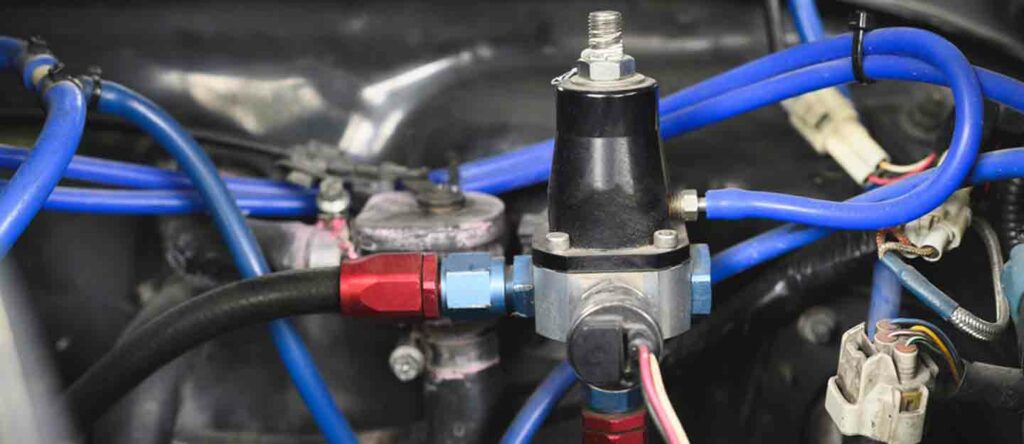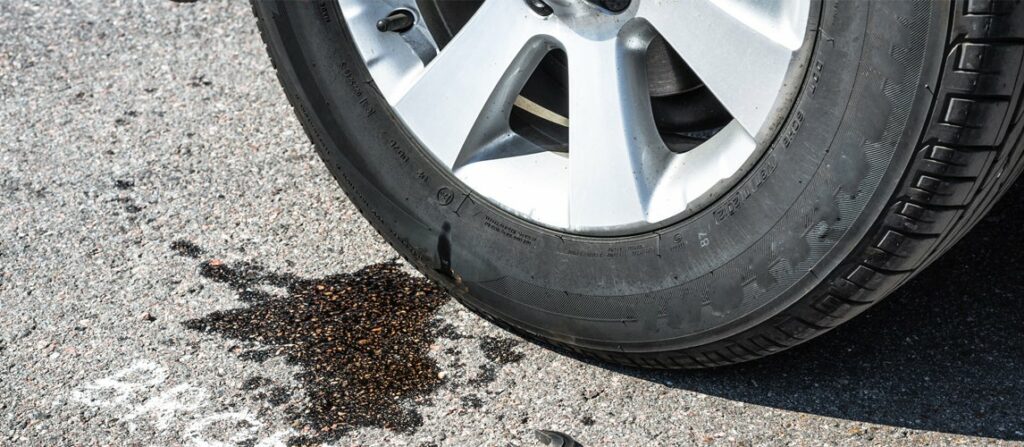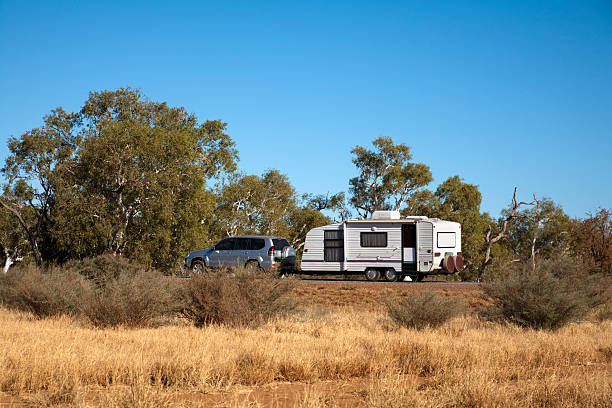
When you start your vehicle, you expect everything to run smoothly. But when you notice that your engine isn’t performing as it should, it’s time to dig a bit further.
One possible problem could be a bad fuel pressure regulator. But what exactly is a fuel pressure regulator, and how do you know if you need a new one? We’ll answer all those questions and more here.
What Does a Fuel Pressure Regulator Do?
The engine’s ECU might tell your vehicle how much fuel it needs at any given time, but it’s the fuel pressure regulator that actually gets the job done.
In mechanical fuel pressure regulators, there’s a diaphragm that adjusts with changes in vacuum, while newer vehicles have an electric fuel pressure regulator. Either way, the job remains the same, send the correct amount of fuel down the fuel rails, to the injectors, and into the combustion chamber.
Top 6 Symptoms of a Bad Fuel Pressure Regulator
While engine misfires and decreases in power are the most common problems associated with a bad fuel pressure regulator, it’s not the only thing you should keep an eye out for. Chances are, if you have a bad fuel pressure regulator, you’ll have more than one of these symptoms.
1. Engine Misfires or Decrease in Power
If your engine isn’t getting enough fuel, then it’s no wonder that you’re going to notice a decrease in power and an increase in engine misfires. Depending on the problem with the fuel pressure regulator, this can present itself in various ways.
You could notice a lack of responsiveness if the fuel pressure regulator won’t fully open, or you might notice intermittent problems if it occasionally gets stuck. But one thing is for sure, if you’re noticing a decrease in engine power or have misfires, it’s time to dig further.
2. Decreased Fuel Efficiency
If your fuel pressure regulator is dumping too much fuel into the combustion chamber, then it’s no surprise that you’re going to notice a decrease in fuel economy. And just because there’s extra fuel in the combustion chamber doesn’t mean you’ll get more power.
Without enough air to mix with the fuel, it will actually lead to a drop in power, even as you burn extra fuel. How much your vehicle’s fuel efficiency will drop can vary depending on the specific problem with your fuel pressure regulator.
But just know, if you have a bad fuel pressure regulator, you’ll be spending more money on fuel until you get your vehicle to the shop or swap out the part yourself.
3. Fuel Leaks

If you notice a fuel smell coming from your vehicle, you need to investigate where it’s coming from straight away. Leaking fuel is a major safety hazard, and one potential cause is the fuel pressure regulator.
Both the diaphragm and the seals can leak, and if either do, you’re going to run into problems. Not only will a leaking fuel pressure regulator create a safety hazard, but it will create performance problems too.
4. Black Exhaust Smoke
If the fuel pressure regulator is sending too much fuel into the combustion chamber, then it will turn the exhaust black. The reason for this is simple, fuel burns black. While the catalytic converter can clean some of that up, it can’t keep up when there’s more fuel.
As a result, the exhaust will turn black, and they’ll be more exhaust in general. Now you’ll only notice tons of black exhaust smoke if the fuel pressure regulator is constantly dumping extra fuel into the combustion chamber. But even if you see darker exhaust or lots of extra exhaust, it could indicate a problem.
However, keep in mind that colder weather will result in more visible exhaust as well.
5. Car Won’t Start
Depending on how broken the fuel pressure regulator is, you might not be able to get your vehicle to start at all. For instance, if the fuel pressure regulator is stuck completely closed, you won’t have any fuel in the combustion chamber for the engine to start.
While a car that won’t start is likely due to a battery or starter, if everything is turning over as it should and the battery has plenty of power, then your vehicle might have a fuel problem.
6. Black Spark Plugs
If you notice the spark plugs have tons of soot on them after you pull them, that’s an indication that there’s too much fuel in the combustion chamber. Just as it turns the exhaust smoke black, all that carbon burns black in the combustion chamber too.
The only difference is that the combustion chamber is much hotter than the exhaust, so over time, black carbon will burn itself onto the exhaust. While you can usually scrub it clean, spark plugs are cheap enough that you’re generally better off just replacing them.
Average Replacement Cost

If you narrow the problem down to the fuel pressure regulator, you need to know how much it will cost to replace it. Whether you’re taking it to the shop and don’t want to get ripped off, or if you’re looking to save a few bucks doing it yourself, it’s best to know what you’re getting into.
The average cost for a repair shop to replace a fuel pressure regulator is between $250 and $300. While this can vary slightly depending on what you drive and where you take your vehicle for repairs, this is a good baseline.
However, if you’re mechanically savvy and looking to replace it yourself, it will cost you about $150 in parts. Keep in mind that you might need to purge the fuel system after completing the repairs, as air might’ve entered the system or can enter the system while making repairs.
All you’ll need to do is crack some fuel lines after swapping parts, but if you don’t know what you’re doing or you’re not expecting it to crop up, it can be an unexpected headache.








